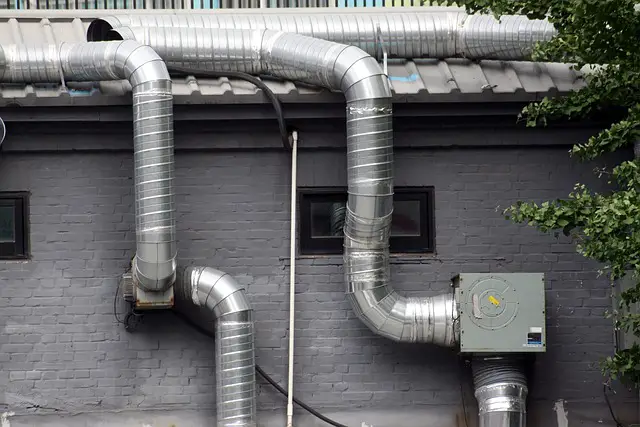The kitchen is often considered the heart of the home, yet it can inadvertently become a source of indoor air pollution and potential health hazards. Poor kitchen ventilation may result in the accumulation of pollutants like smoke, fumes, and steam, negatively affecting air quality and posing fire risks. In this discussion, we will delve into the significance of proper ventilation in the kitchen, explore various ventilation systems, and highlight the benefits of taking precautions for healthy and safe air quality.
The Dangers of Poor Kitchen Ventilation
Cooking, especially on gas stovetops, generates a significant amount of air pollution. Inadequate ventilation can lead to the build-up of pollutants, impacting indoor air quality and posing potential health hazards. Common pollutants, such as carbon monoxide and nitrogen dioxide, can cause respiratory problems and worsen conditions like asthma. For more information on household protection, you can check The Evolution of Safety: How Sensors Enhance Household Protection.
Furthermore, poor ventilation increases the risk of fire hazards. The heat generated during cooking, without proper ventilation, may accumulate, posing a potential fire threat. Hence, maintaining proper ventilation is crucial for a safe and healthy kitchen environment.
Types of Kitchen Ventilation Systems
Several kitchen ventilation systems are available, each with its advantages and disadvantages. The choice depends on the specific needs and layout of your kitchen.
- Range Hoods: The most common type, installed above the stovetop, range hoods remove air and smoke by expelling it outside through ducts. They can be ducted or ductless, with ducted hoods being more effective. Ductless hoods filter and recirculate the air back into the kitchen.
- Downdraft Vents: Installed on the stovetop, these vents pull air and smoke downward and out through ducts below the kitchen floor. They are useful in open-plan kitchens where range hoods may not be practical.
- Recirculating Fans: Working alongside range hoods, recirculating fans filter and recirculate air in the kitchen. They are beneficial for those using ductless range hoods. To learn more about outdoor security, consider reading Outdoor Lighting for Enhanced Security.
Proper Installation and Maintenance of Kitchen Ventilation Systems
Ensuring correct installation and maintenance of kitchen ventilation systems is essential for their efficient functioning. Proper ductwork and hood/vent placement are crucial during installation.
Regular cleaning and maintenance, including cleaning filters, checking ductwork for obstructions or damage, and ensuring the system is free of blockages, are vital to optimal functionality.
Benefits of Proper Ventilation
Proper ventilation offers several benefits, including improved air quality, reduced fire hazards, and enhanced overall health and comfort for household members.
- Improved Air Quality: By removing pollutants such as smoke and fumes, proper ventilation reduces the risk of respiratory problems. This is particularly beneficial for individuals with conditions like asthma.
- Reduced Fire Hazards: Proper ventilation helps dissipate cooking heat, minimizing the risk of fire hazards. It prevents the accumulation of flammable materials in the kitchen.
- Enhanced Health and Comfort: Removing unpleasant odors and excess heat, proper ventilation creates a more pleasant and comfortable kitchen environment. For more information on household protection and security, explore The Evolution of Safety and Outdoor Lighting for Enhanced Security.

